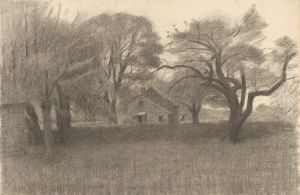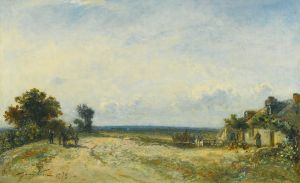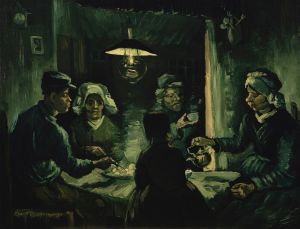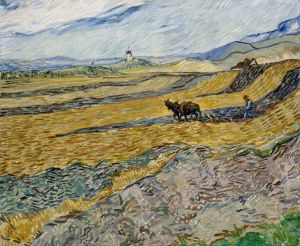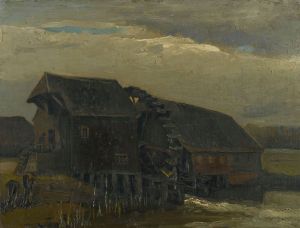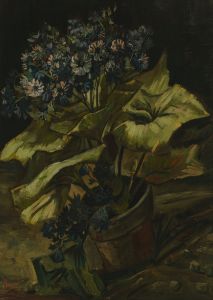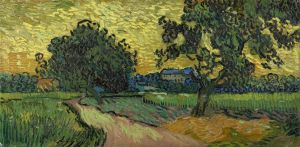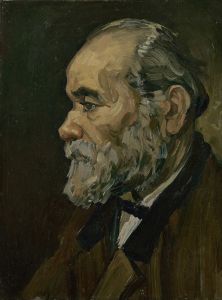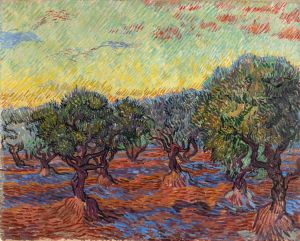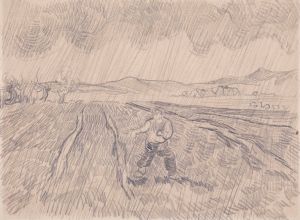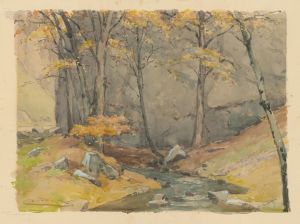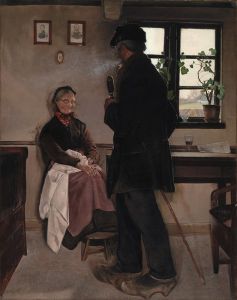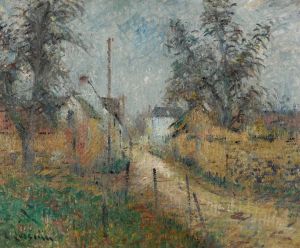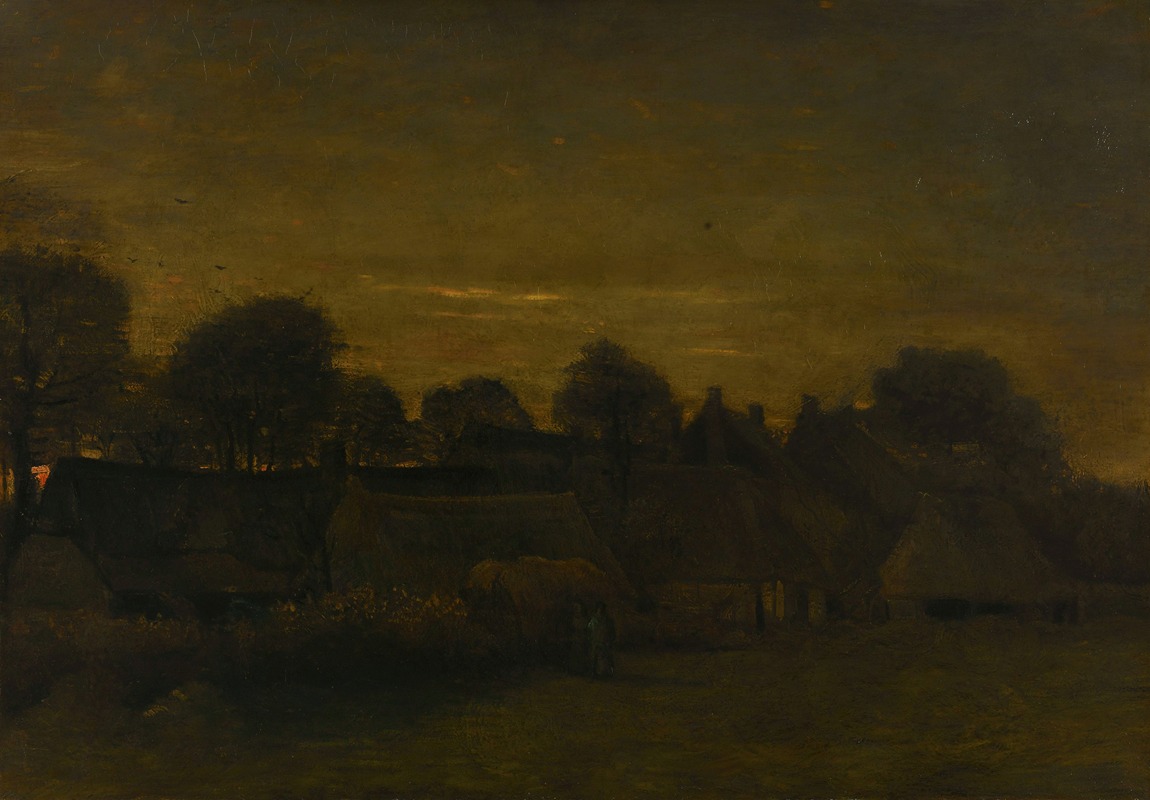
Farming Village at Twilight
A hand-painted replica of Vincent van Gogh’s masterpiece Farming Village at Twilight, meticulously crafted by professional artists to capture the true essence of the original. Each piece is created with museum-quality canvas and rare mineral pigments, carefully painted by experienced artists with delicate brushstrokes and rich, layered colors to perfectly recreate the texture of the original artwork. Unlike machine-printed reproductions, this hand-painted version brings the painting to life, infused with the artist’s emotions and skill in every stroke. Whether for personal collection or home decoration, it instantly elevates the artistic atmosphere of any space.
"Farming Village at Twilight" is a painting by the Dutch Post-Impressionist artist Vincent van Gogh. Created in 1884, this work is part of Van Gogh's early artistic period, during which he focused on rural life and landscapes, often depicting scenes of peasant life and the natural environment in the Netherlands. The painting reflects Van Gogh's interest in capturing the simplicity and harsh realities of rural existence, a theme that recurs throughout his early works.
The artwork portrays a small farming village at dusk, with muted tones and earthy colors that evoke the quiet and somber atmosphere of twilight. The composition includes cottages with thatched roofs, trees, and open fields, elements that were common in Van Gogh's depictions of rural settings during this time. The subdued palette and the focus on the working-class environment align with Van Gogh's admiration for the French artist Jean-François Millet, who also depicted the lives of peasants with dignity and empathy.
"Farming Village at Twilight" was painted during Van Gogh's stay in Nuenen, a village in the southern Netherlands where he lived from 1883 to 1885. This period was significant in Van Gogh's artistic development, as he dedicated himself to studying the lives of peasants and experimenting with techniques to convey mood and emotion through his use of color and brushwork. The painting is considered part of the body of work that led to his later masterpiece, "The Potato Eaters," which also focuses on rural life and the struggles of the working class.
The painting is notable for its restrained use of color and its emphasis on structure and form, characteristics that distinguish Van Gogh's early style from the more vibrant and expressive works he created later in his career. While "Farming Village at Twilight" does not exhibit the bold, swirling brushstrokes and vivid colors that define his later paintings, it demonstrates his growing interest in capturing the emotional essence of a scene.
The current location of "Farming Village at Twilight" is not widely documented, and it is not among Van Gogh's most famous works. However, it remains an important example of his early exploration of rural themes and his commitment to portraying the lives of ordinary people with sensitivity and depth.





